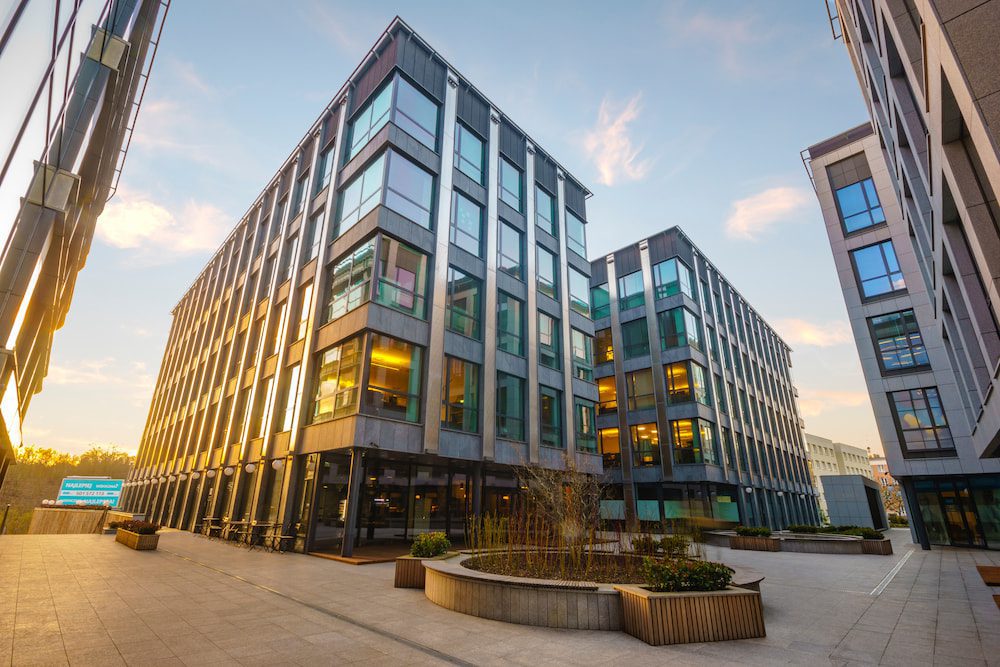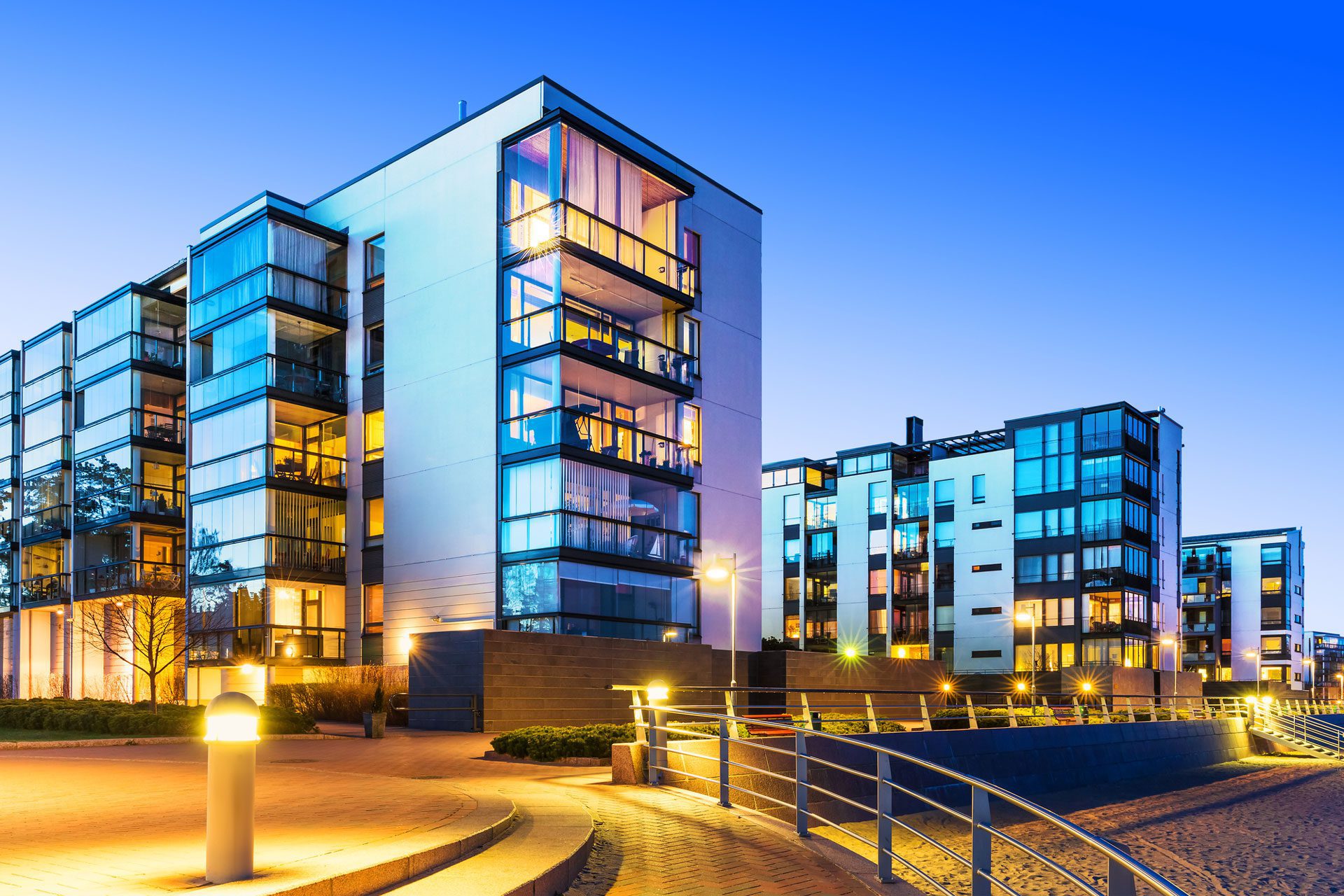Property and construction developments have changed vastly over time. From the technologies, standards, materials and laws, the construction and property sector has had to adapt and change the way they carry out developments over the years.
We already see many commercial, retail and education developments seek to become more energy efficient by using Internet of Things (IoT) to help them manage the buildings and properties. But we are yet to see smart buildings and IoT implemented into the residential property sector widely, but what is this new technology?
What is the Internet of Things?
IBM, define IoT as the concept of connecting any device to the Internet and other connected devices. It is an extensive network of connected things and people, which collect and share data about usage and the environment around them.
IoT can include a wide variety of devices and objects small or large from smart microwaves, smart TVs, fridges, washing machines, self-driving cars, wearable devices such as watches and smartphones.
Automation in buildings
The use of motion-senior lighting has been in use for many years now; however, the benefits of IoT go far beyond motion-sensor lighting. Today IoT is used to enable real-time feedback from a range of elements such as sensors, computers, AC unit, access and security devices and fire safety.
IoT integrates all the building technology and equipment via the internet and local/remote management consoles. This allows information and data about the building’s operations such as video surveillance and distribution, HVAC control, lighting control, access control, energy and power management, fire and security alarms to be stored and transferred.
Using IoT in this manner will allow a property manager to use the building management systems to make the building more efficient in terms of energy and cost savings. Things that could be measured are factors such as humidity, temperature, occupancy levels, levels of CO2, light, noise and motion. And could see many aspects of building and property management controllable remotely like AC control, security and lighting, automatic alerts for any issues that arise and away to make the property more efficient.
Benefits of implementing smart buildings
- Benefits of intelligent data and insights
- Energy efficiency
- More manageable and intelligent real-time actions
- Better management of maintenance and issues
- Operational saving costs
Ultimately as IoT and smart buildings is implemented more in the property and construction market; the more property managers will realise how implementing more intelligent buildings can help them save on costs, increase comfort, safety marketability and the flexibility of their facilities.
Smart cities need smart buildings
Smart cities will offer a wide array of “smart technologies” – networked technology that controls aspects of transportation, air, and water quality according to SmartCitiesDive.
But to have smart cities, we need smart buildings. Smart buildings can adapt to occupant needs, can factor in external and internal conditions, and efficient in meeting energy-saving targets. The possibilities of smart buildings are brought to life with reliable technology and increased connectivity.
New business ventures and partnerships
All in all, with the implementation of IoT, we will see more business ventures/partnerships between property developers, property management providers and technology firms. With 5G technology being implemented on a wide scale across the UK, we can expect to see property developers seek to implement and utilise smart technology and increase connectivity if the building.
Smart technology is already here
Smart building and automation technology has been around for many years. However, what is now defined as an intelligent building isn’t what it was a decade ago. As the 5G network is rolled out globally, the possibilities of the Internet of Things and analytics playing a part in driving efficiencies, sustainability and cost savings are increased.



